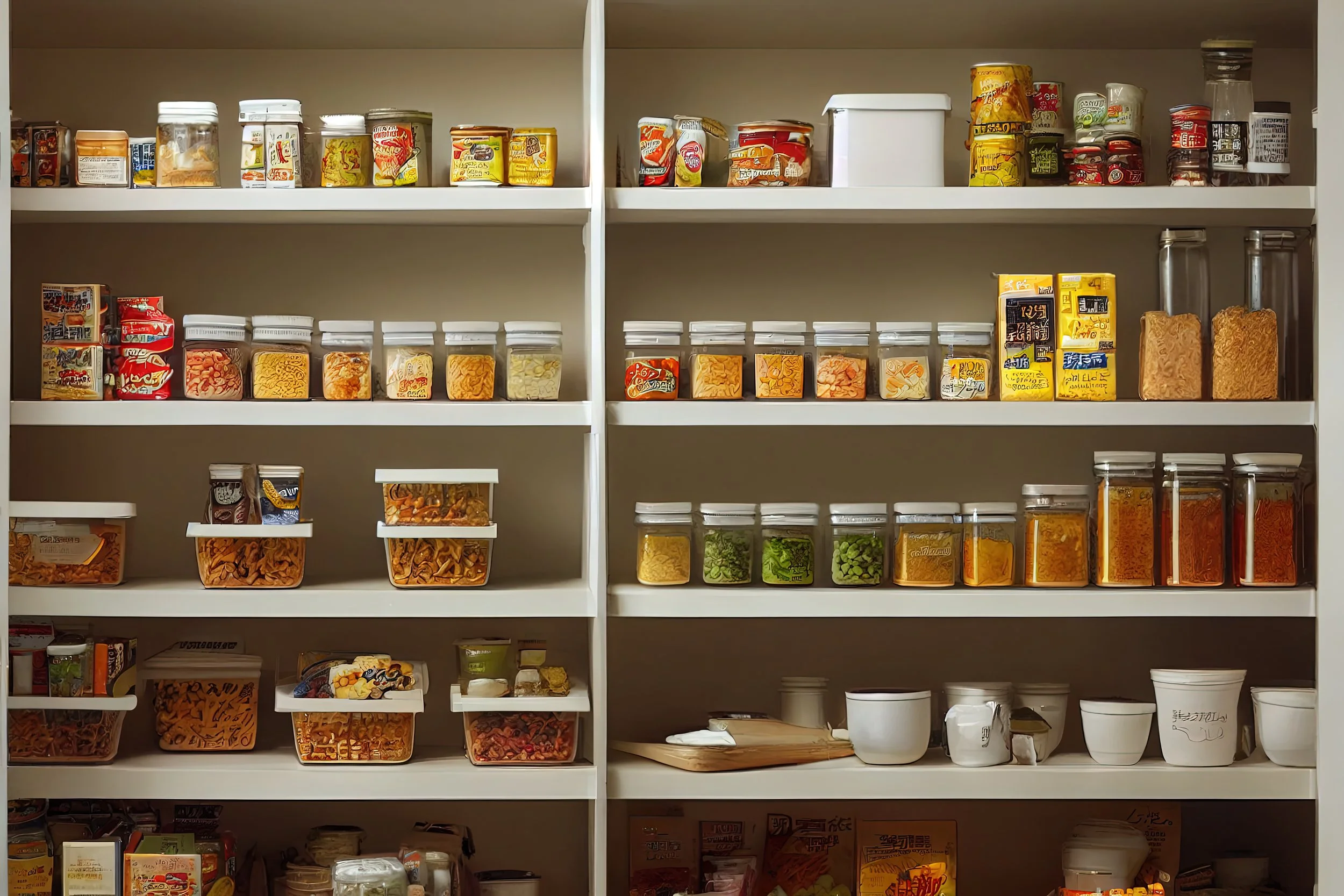Ways you can reduce food waste
by Emily Kestel
Editor’s note: This piece originally ran in the 2022 Iowa Stops Hunger Magazine.
Each year, 40% of the food produced in the U.S. is thrown away. Excessive food waste is expensive and harmful to the environment. But it is preventable. Here are seven ways you can help reduce food waste.
Make a shopping list. Before you head to the grocery store, take a quick peek into your pantry and refrigerator to see what’s in stock and what you’re running low on.
Eat leftovers. Unless you have a large family, chances are you have some food left over from the meal you just ate. This is a great opportunity to get creative. If you prepared a roasted chicken, use the leftover meat to make enchiladas, quesadillas or chicken fried rice – the possibilities are endless! Bonus: You can also use the leftover bony pieces to make your own chicken broth.
Make vegetable stock. Speaking of chicken broth, you can do the same with vegetable scraps. Instead of throwing away those onion skins, celery leaves, green onion ends, carrot peels and bell pepper tops, save them in a zip-lock bag in your freezer. Then, when you’ve got a full bag, add some spices and simmer them in a pot of water. Voilà – your own vegetable stock! Just make sure you’re not using scraps that are moldy or dirty.
Learn how to store your food properly. Think of foods as having their own personalities – some prefer to live in the refrigerator, while others thrive in a bowl on your counter. Some foods don’t get along with others – for example, potatoes should be kept separate from ethylene-producing foods, like onions and bananas.
Understand the difference between use-by dates, sell-by dates and best-by dates. If the can of green beans in your pantry has a date of July 2022 on it and it’s September, it’s very likely still perfectly safe. In fact, infant formula is the only product that cannot be consumed after the date on the label. That being said, always trust your nose. If you take a whiff of a gallon of milk or a can of peaches and it smells bad, don’t eat it.
The following are common product dates, according to the U.S. Department of Agriculture:
A “best if used by/before” date indicates when a product will be of best flavor or quality. It is not a purchase or safety date, but rather a suggestion.
A “sell-by” date tells a store how long to display the product for sale with regard to inventory management. It is not a safety date. In fact, according to the Institute for Food Safety, “one-third of a food’s shelf-life remains after the sell-by date for the consumer to use at home.”
A “use-by” date is the last date recommended for the use of the product while at peak quality. It is not a safety date, except when used on infant formula. This is a suggestion, but you should still evaluate the quality by looking at its contents or smelling it.
So how long are foods generally good for after the expiration dates? As long as they’re refrigerated, eggs are good for another three to five weeks. Rice and dried pasta are good for another year or two after their expiration date.
Take inventory of your pantry every few months. If you have a can of cream of mushroom soup that’s about to expire but you have no plans to make green bean casserole anytime soon, or a bag of fettuccine that was buried behind a cereal box that you won’t use, donate it to your local food pantry or community refrigerator.
Download food rescue apps. There are several smartphone apps available for food rescue. The ChowBank app, Food Rescue Hero app and Eat Greater Des Moines app all connect users who have food to donate with organizations that need it and make it easy for donors, recipients and volunteers to engage with food rescue.

